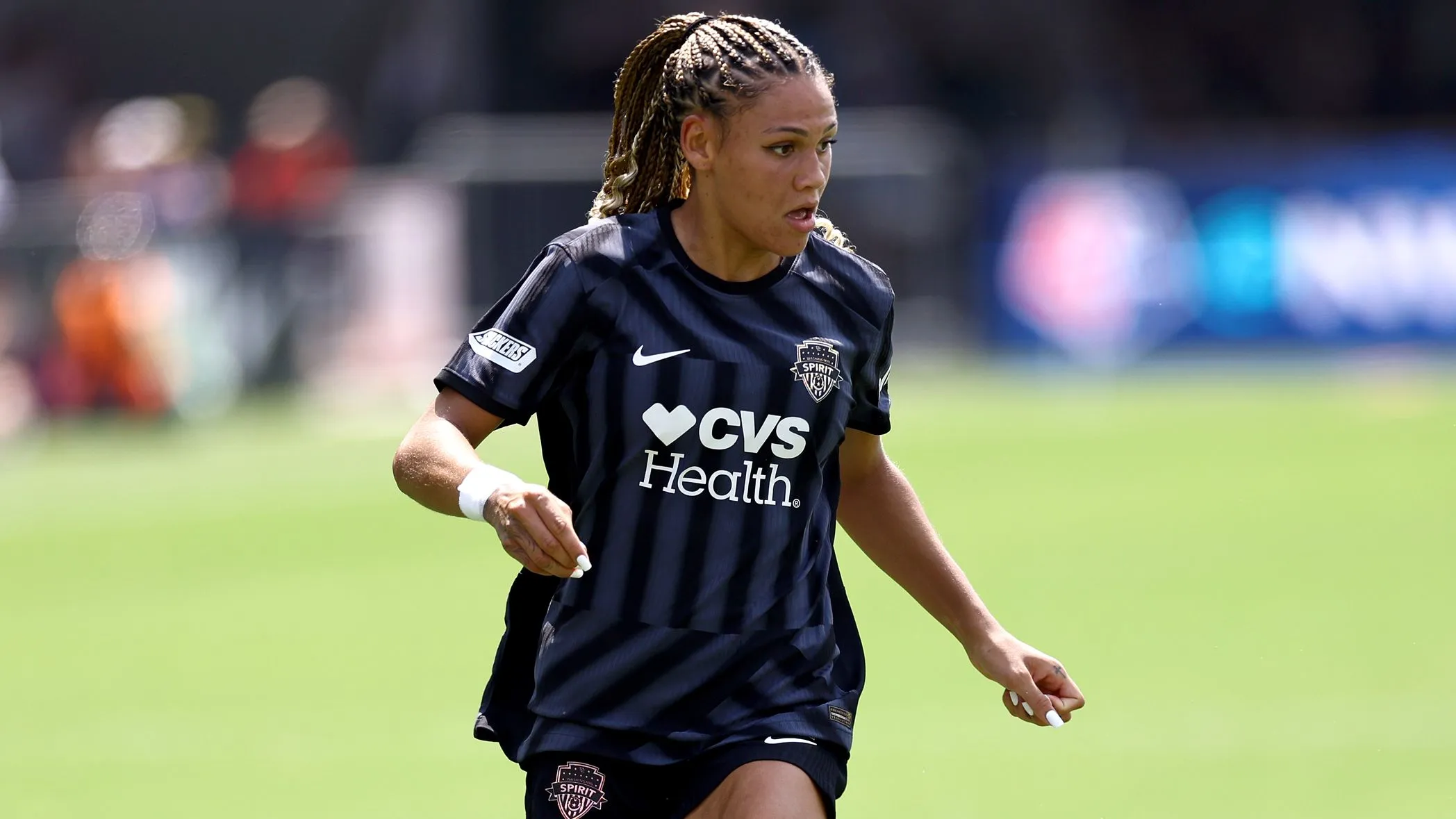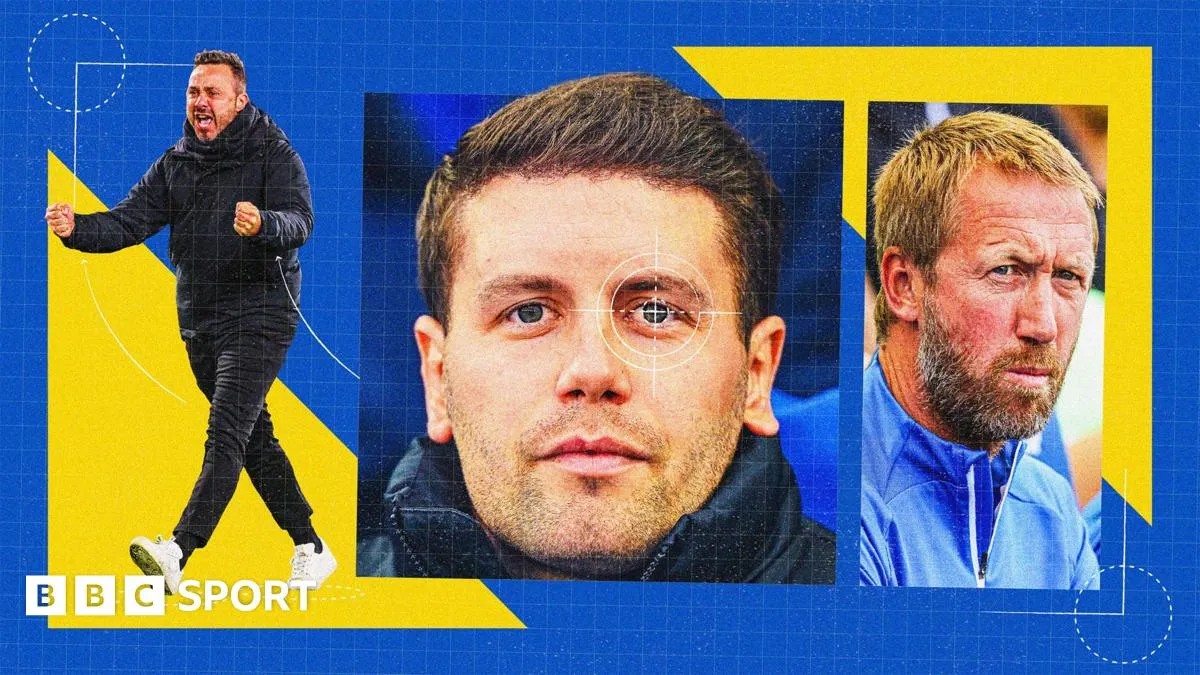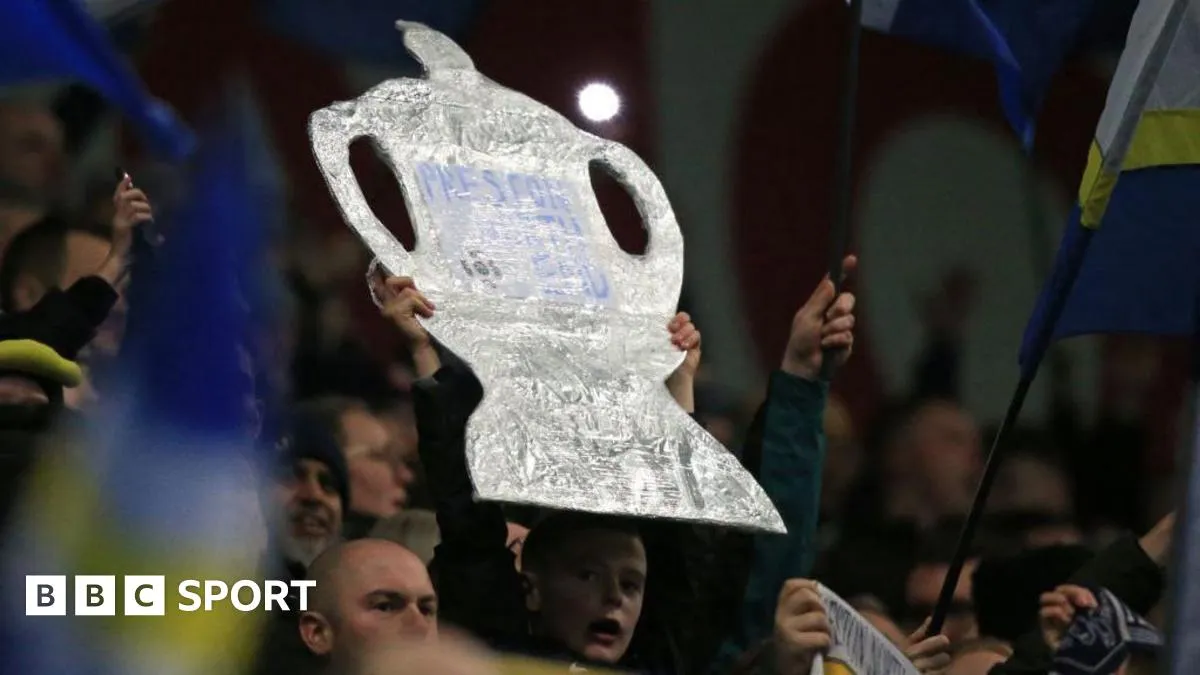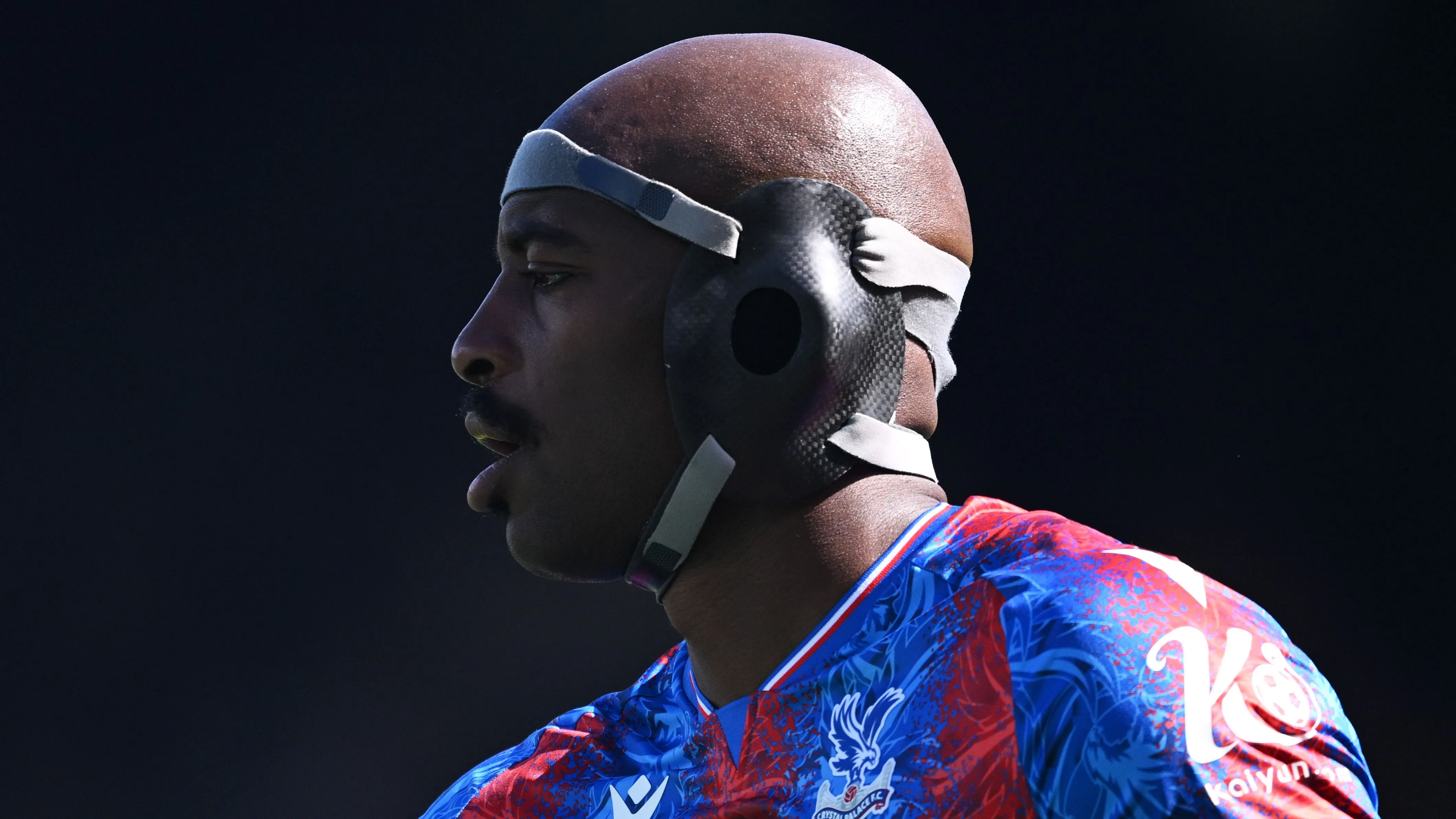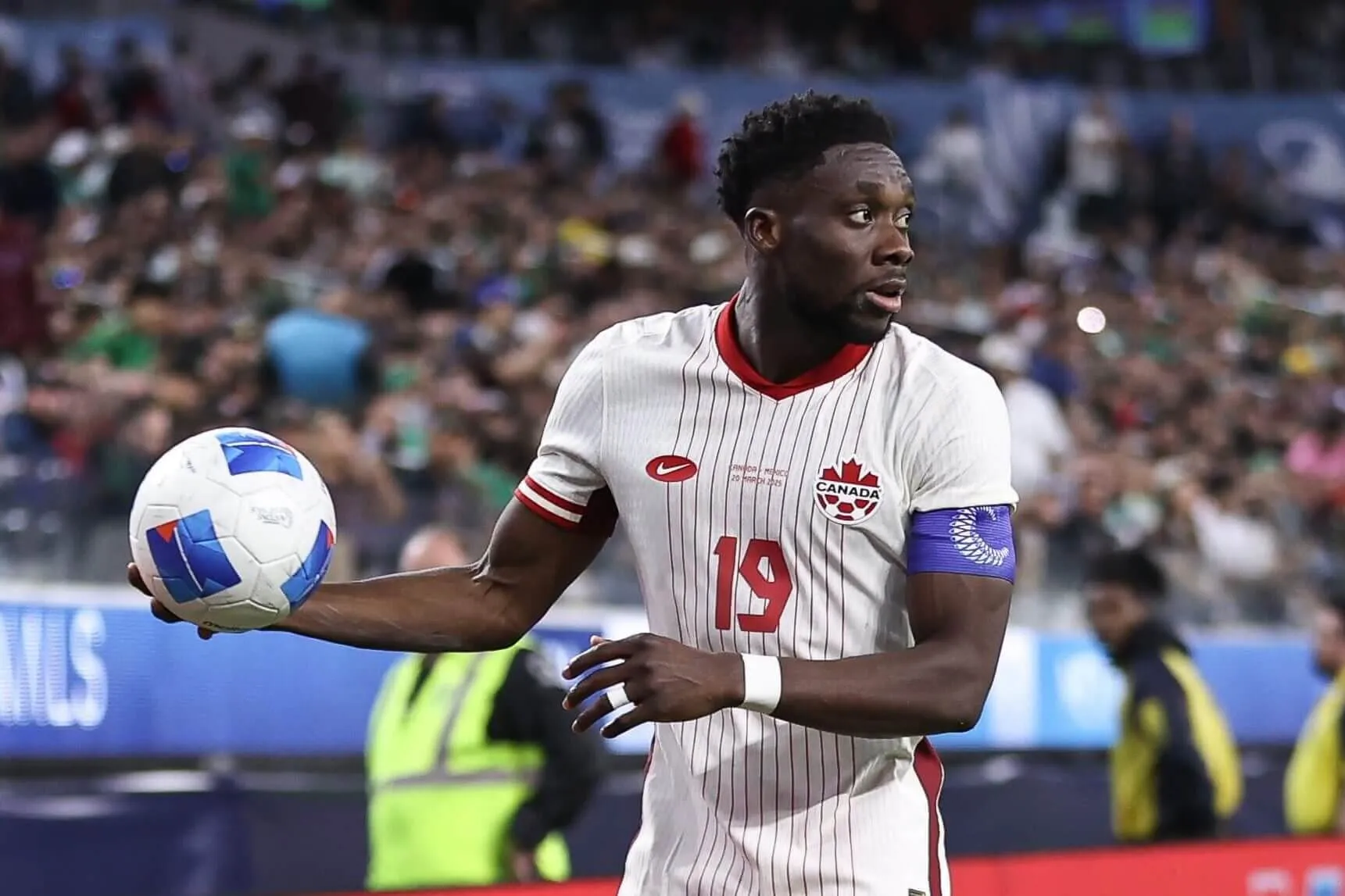
In a striking reflection of how quickly soccer talent evolves, the U.S. Men's National Team's under-21 prospect landscape has undergone a dramatic transformation over the past year. Notable names like Giovanni Reyna, Yunus Musah, and Ricardo Pepi, who were central figures in previous rankings, have now aged out of consideration, marking a significant shift in the team's youth development pipeline.
The most recent departure from the U-21 category was Ricardo Pepi, who celebrated his 22nd birthday on January 9th. His exit from eligibility highlights the fluid nature of youth prospect rankings, where mere weeks can determine a player's inclusion or exclusion. Similarly, Gianluca Busio, who ranked 10th in last year's assessment, would likely have topped this year's list had he been born just a year later.
This turnover in talent illustrates why soccer analysts often discuss "Golden Generations" in national team development. While the USMNT continues to show positive trends in youth development overall, the distribution of elite talent can vary significantly from year to year. Sometimes, exceptional players cluster within specific birth years, creating waves of talent that can define a national team's trajectory.
The current landscape of American soccer talent presents an interesting paradox. While prestigious clubs like Manchester City, Barcelona, Borussia Dortmund, Real Madrid, Liverpool, Bayer Leverkusen, and Chelsea all have young Americans under contract, many of these players are teenagers with limited professional experience. This widespread presence in elite clubs increases the statistical likelihood of producing future stars, but as experts note, predicting individual success remains challenging.
In evaluating prospects, the methodology prioritizes actual playing time over potential, with special consideration given to players who have accumulated significant minutes at younger ages. The level of competition and performance within those minutes also factor heavily into the rankings, with raw talent and potential being secondary considerations.
Notably absent from consideration are players like Burnley's Luca Koleosho and Stuttgart's Anrie Chase, who, despite being eligible for the USMNT, have shown limited interest in representing the United States. The rankings also acknowledge that while there may be exceptional talents in development - such as Philadelphia Union's Cavan Sullivan, often cited as one of the world's best 15-year-olds - the uncertainty surrounding young prospects makes it premature to project any current U-21 player as a guaranteed future USMNT star.
As the USMNT prepares for upcoming friendlies against Venezuela and Costa Rica, this transition period in youth talent presents both challenges and opportunities for the program's continued development.




